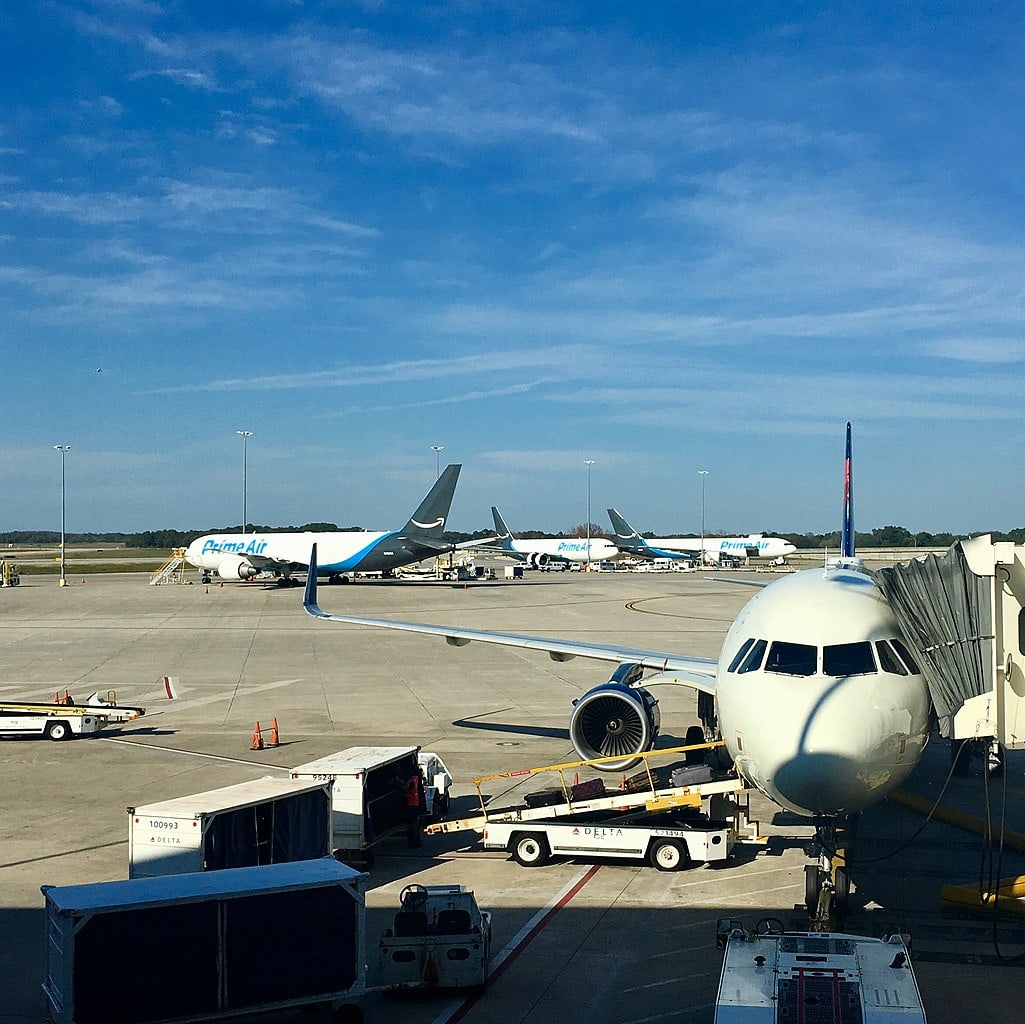Beyond the Skies: Unveiling the Unparalleled Safety of Air Travel
2 min read
In an era where transportation options abound, air travel continues to captivate the world with its speed, convenience, and global connectivity. However, concerns about safety persist, fueled by occasional accidents and media coverage. This blog post aims to delve into the depths of air travel safety, exploring the rigorous measures, advanced technologies, and expert protocols that make it one of the safest modes of transportation in the world.
- The Evolution of Air Travel Safety:
From the early days of aviation to the present, air travel safety has undergone a remarkable transformation. The aviation industry has learned valuable lessons from past incidents, leading to the implementation of stringent safety regulations, improved aircraft design, and enhanced pilot training programs. Today, air travel is governed by a comprehensive framework that prioritizes safety at every stage. - Advanced Aircraft Technology:
Modern aircraft are equipped with cutting-edge technology designed to ensure passenger safety. From state-of-the-art navigation systems to advanced weather monitoring tools, these innovations enable pilots to make informed decisions and navigate through challenging conditions. Additionally, aircraft undergo regular maintenance checks and rigorous inspections to identify and address any potential issues before they become safety hazards. - Stringent Safety Regulations:
Air travel operates within a highly regulated environment. International organizations, such as the International Civil Aviation Organization (ICAO), set global standards and guidelines for aviation safety. National aviation authorities enforce these regulations, conducting thorough audits of airlines, airports, and maintenance facilities to ensure compliance. Safety management systems and incident reporting mechanisms further contribute to the continuous improvement of safety standards. - Comprehensive Pilot Training:
Pilots undergo extensive training programs that encompass theoretical knowledge, practical skills, and simulated scenarios. They are trained to handle emergencies, navigate complex airspace, and make split-second decisions. Simulators play a crucial role in pilot training, allowing them to practice various scenarios in a controlled environment. Furthermore, pilots are subject to regular proficiency checks and medical assessments to ensure they maintain the highest standards of competence. - Collaborative Safety Culture:
The aviation industry fosters a culture of collaboration and continuous improvement. Airlines, manufacturers, regulatory bodies, and industry experts work together to share knowledge, analyze safety data, and implement best practices. Lessons learned from accidents and incidents are thoroughly investigated, leading to the development of new safety protocols and the refinement of existing ones. This collective effort ensures that air travel remains at the forefront of safety advancements.
Conclusion:
Contrary to popular belief, air travel is one of the safest modes of transportation available today. The aviation industry's unwavering commitment to safety, coupled with advanced technology, stringent regulations, comprehensive pilot training, and a collaborative safety culture, has resulted in an unparalleled safety record. So, the next time you embark on a journey through the skies, rest assured that you are in the hands of a system that prioritizes your safety above all else.
